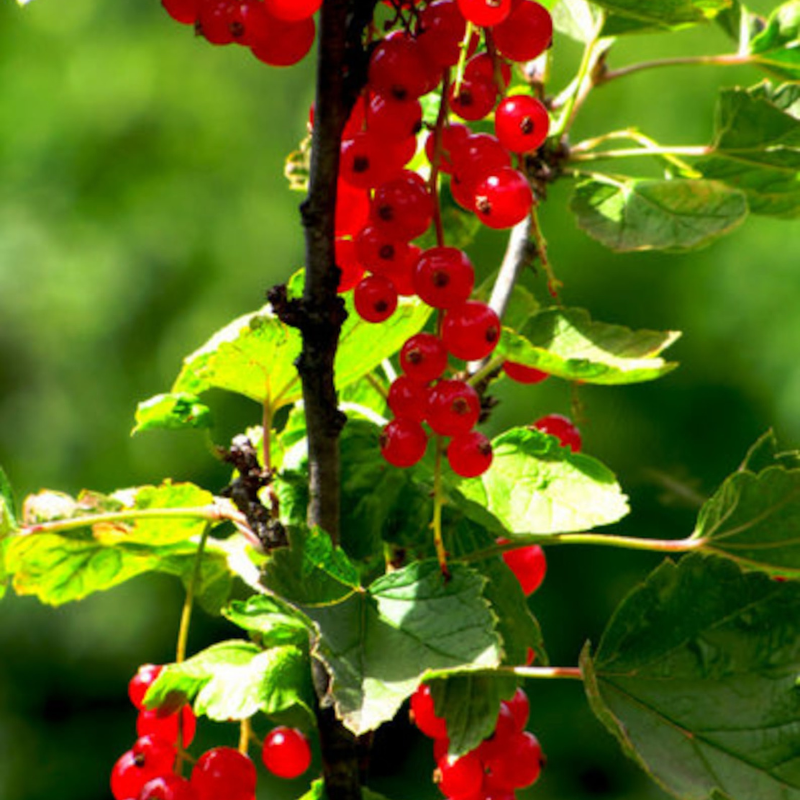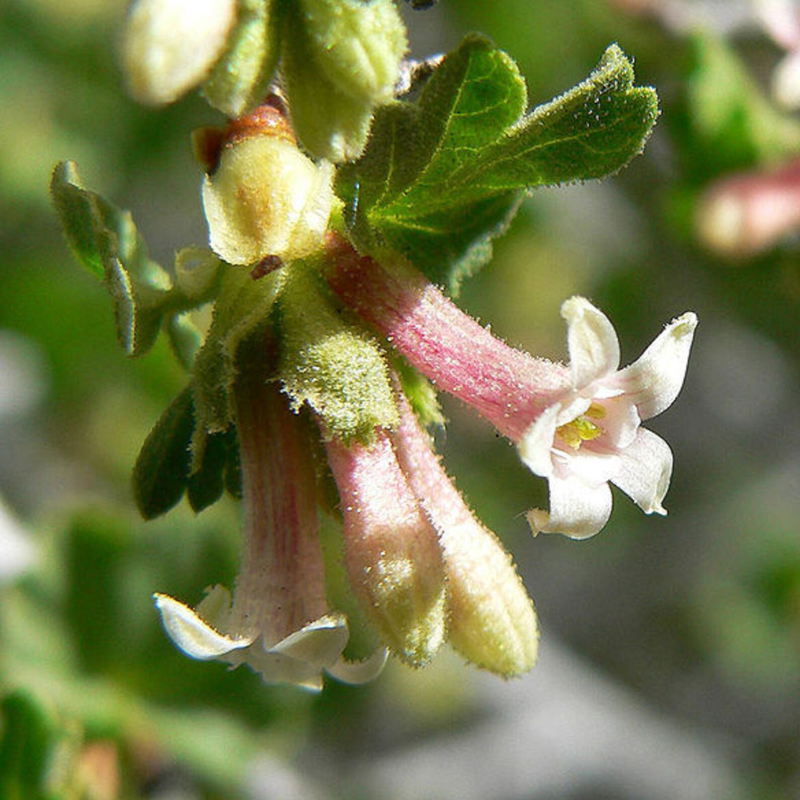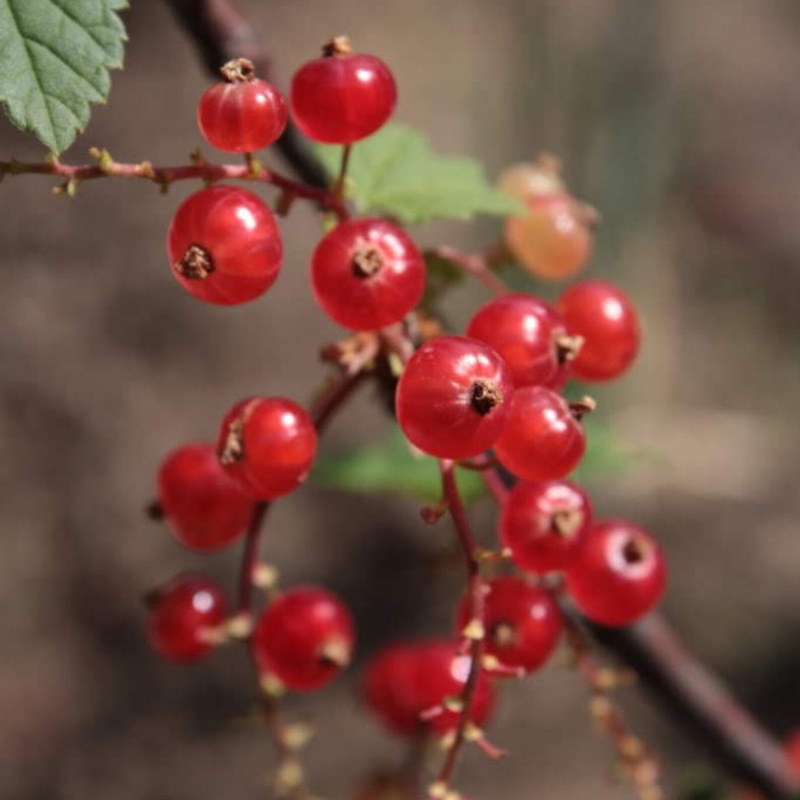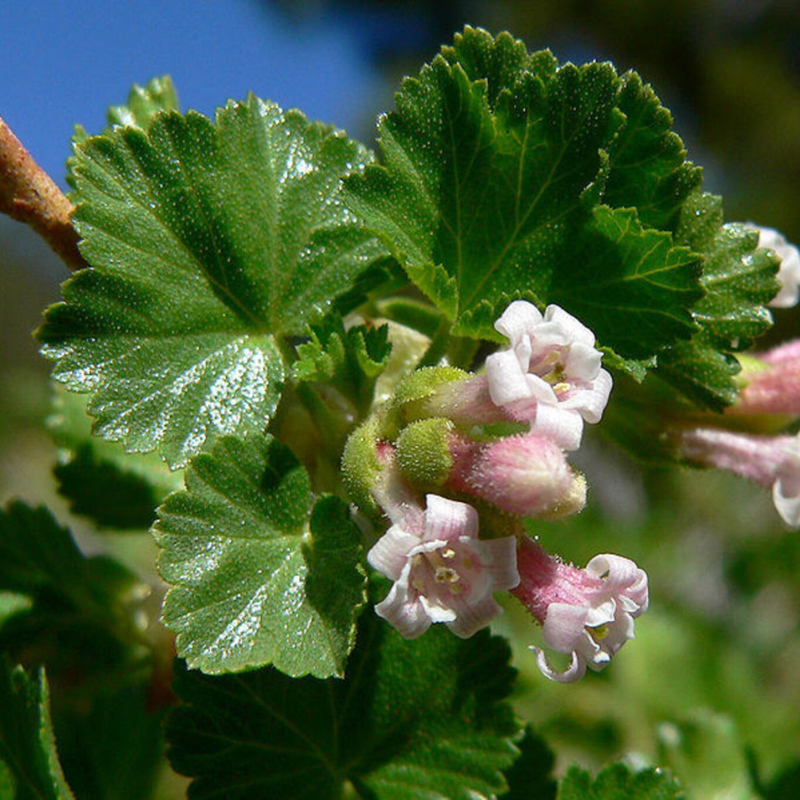- Historical context: Wax currant (Ribes cereum) is a species of currant native to the western United States and parts of Canada. It has been used by Native American tribes for various purposes, including food and medicine.
- Geographical origination: The wax currant is native to the western regions of North America, particularly in the United States and Canada.
- Relevant cultural significance: The berries were traditionally used by Native American tribes for food, and the plant also had medicinal uses. The berries were often dried for winter use.
- Time period of discovery: The exact time period of discovery is not well-documented, but it has been known and utilized by indigenous peoples for centuries.
- Original habitat: Wax currant typically grows in dry, rocky soils, often found in open woodlands, sagebrush areas, and mountainous regions.
- Notable historical uses: The berries were consumed fresh or dried, and the plant was used in traditional medicine to treat various ailments.
- Ideal temperature range: Wax currant thrives in a temperature range of 50-70°F (10-21°C).
- Soil type: It prefers well-drained, sandy or rocky soils with a slightly acidic to neutral pH.
- Sunlight requirements: Full sun to partial shade is ideal for wax currant growth.
- Watering needs: Moderate watering is required, with the soil kept slightly moist but not waterlogged.
- Planting season: The best time to plant wax currant seeds is in the fall or early spring.
- Germination time: Germination typically takes 2-4 weeks under optimal conditions.
- Growth cycle duration: Wax currant plants can take 2-3 years to reach maturity and start producing fruit.
- Common pests and diseases: Common pests include aphids and spider mites. Diseases such as powdery mildew and rust can also affect the plant.
- Companion planting advice: Wax currant can be planted alongside other native shrubs and perennials that thrive in similar conditions.
- Common challenges and solutions: Challenges include susceptibility to pests and diseases. Regular monitoring and appropriate organic treatments can help manage these issues.
- Nutritional values: Wax currant berries are rich in vitamins C and K, as well as dietary fiber.
- Health benefits: The berries have antioxidant properties and can support immune health due to their high vitamin C content.
- Culinary uses: The berries can be eaten fresh, dried, or used in jams, jellies, and desserts.
- Medicinal uses: Traditionally, the plant was used to treat colds, sore throats, and digestive issues.
- Other unique advantages: Wax currant plants are drought-tolerant and can be used in xeriscaping. They also provide habitat and food for wildlife, including birds and pollinators.












